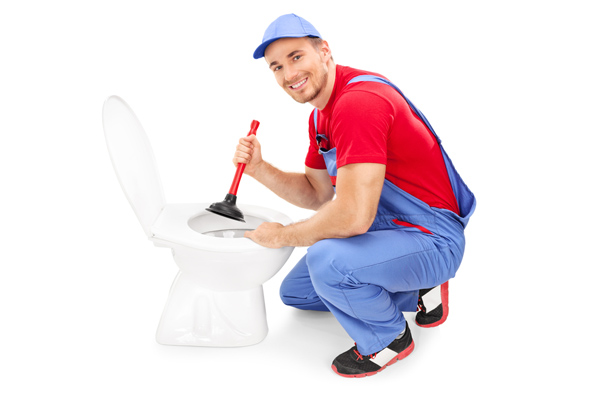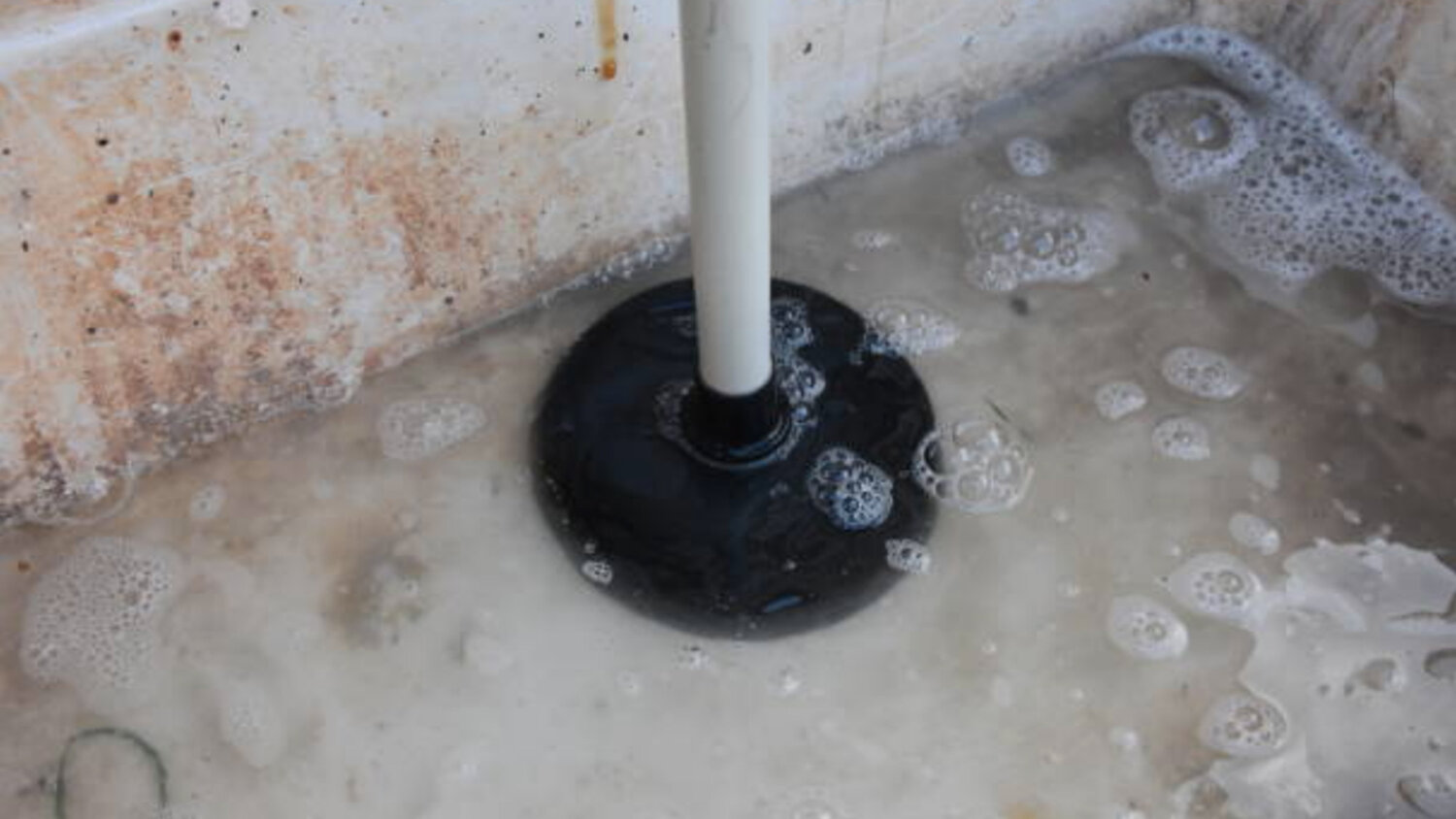Mastering Plungers and Drain Cleaner: Essential Tips
Mastering Plungers and Drain Cleaner: Essential Tips
Blog Article
Just how do you actually feel when it comes to Tips on How to Effectively Use a Plunger?

Introduction
Proper upkeep of home drains is crucial for avoiding obstructions and making sure smooth water circulation. Among the trick tools in every home owner's toolkit is the plunger, along with numerous drainpipe cleansers designed to tackle persistent clogs successfully. This post discovers just how to make use of bettors and drainpipe cleansers properly to maintain your drains pipes streaming easily.
Section 1: Comprehending Bettors
Sorts of Plungers
There are a number of types of bettors offered, each created for various kinds of drains pipes and clogs. The most usual kinds include mug bettors, flange bettors, and accordion bettors.
Just How Plungers Job
Bettors deal with the principle of creating stress and suction to remove blockages. When correctly used over a drain, they produce a vacuum cleaner that can pull out debris or separate obstructions.
Selecting the Right Plunger
Selecting the appropriate plunger relies on the sort of drainpipe and the nature of the blockage. Cup bettors are suitable for sinks and bathtubs, while flange bettors are better suited for commodes because of their layout.
Usual Mistakes with Plungers
Preventing these errors ensures effective plunging: improper seal around the drain, insufficient force, and not clearing surrounding debris.
Section 2: Making Use Of Plungers Effectively
Prep work
Prior to plunging, ensure the plunger covers the drain entirely and develops a limited seal. Clear any type of visible particles around the drainpipe opening.
Technique
Start with gentle diving movements to construct suction. Rise pressure progressively, making use of a constant rhythm. Repeat as needed until the drain clears.
Troubleshooting Tips
If plunging does not work, try adjusting the seal, using oil jelly for a much better seal, or making use of a various kind of plunger.
Area 3: Recognizing Drainpipe Cleansers
Types of Drainpipe Cleansers
Drain cleaners can be chemical or chemical. Chemical cleansers use solid chemicals to dissolve blockages, while enzymatic cleansers use all-natural enzymes to break down organic matter.
Exactly How Drain Cleansers Work
Chemical cleansers respond with blockages to dissolve them, while enzymatic cleansers break down organic materials like hair and grease without hurting pipelines.
Safety and security Factors to consider
Always wear handwear covers and eye defense when making use of chemical drainpipe cleaners. Guarantee sufficient ventilation and follow supplier instructions carefully.
Eco-Friendly Alternatives
Think about making use of vinegar and cooking soft drink or enzyme-based cleaners for environmentally friendly alternatives that are much safer for pipes and the setting.
Section 4: Making Use Of Drain Cleaning Company Successfully
Application Techniques
Put chemical cleansers directly right into the drain opening. Enable them to work for the suggested time prior to flushing with hot water. Chemical cleansers should rest over night.
Precautions
Prevent blending various types of cleaners, as this can create hazardous fumes. Never ever use chemical cleaners together with a bettor, as spilling can take place.
Handling Stubborn Obstructions
For consistent clogs, consider using a pipes snake or calling a professional plumber to stop damages to pipes.
Conclusion
To conclude, understanding how to make use of plungers and drain cleaners effectively is important for maintaining healthy and balanced plumbing systems. By picking the right tools and methods, property owners can take on minor obstructions and protect against major plumbing issues down the line.
How To Properly Use A Plumbing Snake To Clear Drains
When any drain clogs in our home arise, we tend to gravitate toward the plunger and little else. In cases where the plunger and its vacuum-created pressure are not able to clear clogs, many immediately move to harmful chemicals or simply call their plumber to fix the issue.
we’re happy to help with all drain cleaning needs and concerns. This includes informing you on a few other home remedies you may have at your disposal for minor to moderate clogs, one of which is the use of a plumbing snake. Many people have never used one of these before – let’s go over the steps to take when your drain clogs and you have a plumbing snake available.
Attempt Plunger Use
The first step here, as we noted above, should indeed be to grab your plunger when you notice a drain clog and attempt to resolve it this way. If you’re unsure how to use a particular type of plunger, our plumbers can answer any questions you have. If this doesn’t do the trick, however, you move on to the snake.
Locate And Prepare Snake
A plumbing snake is a metal or plastic device that’s generally about a quarter of an inch thick. It’s design with significant extensions, meant to reach down into your clogged drain and push the clog out. Snakes also contain drain augers that will latch onto and push stubborn blockages.
If your plunger doesn’t clear a clog, locate your snake and bring it to the drain in question. We also recommend keeping a bucket nearby to collect the clog once you pull it out, plus we’d advise wearing goggles and possibly protective gloves.
Feed Snake
Once you’re ready to go, feed the snake slowly down the drain, using the crank device it comes with to keep it moving until it finds the clog. Once this happens, much of the clog will be latched onto the coil so you can pull it out, while the rest will simply break up and flow downward.
Detach Debris
Remove the snake slowly from the drain, and once you’ve done so, pick off any debris that’s stuck to the coil. This is another area where wearing gloves is a must.
Flush Drain
Finally, take a few minutes to ensure the snake has done its job correctly. If you’ve been using it on a toilet, flush the toilet a couple times and make sure everything flows well. If you’ve used it on a different drain, flush it with some room temperature water.
https://www.mybuddytheplumber.com/blog/how-to-properly-use-a-plumbing-snake-to-clear-drains/

Application Techniques
Put chemical cleansers directly right into the drain opening. Enable them to work for the suggested time prior to flushing with hot water. Chemical cleansers should rest over night.
Precautions
Prevent blending various types of cleaners, as this can create hazardous fumes. Never ever use chemical cleaners together with a bettor, as spilling can take place.
Handling Stubborn Obstructions
For consistent clogs, consider using a pipes snake or calling a professional plumber to stop damages to pipes.
Conclusion
To conclude, understanding how to make use of plungers and drain cleaners effectively is important for maintaining healthy and balanced plumbing systems. By picking the right tools and methods, property owners can take on minor obstructions and protect against major plumbing issues down the line.
How To Properly Use A Plumbing Snake To Clear Drains
When any drain clogs in our home arise, we tend to gravitate toward the plunger and little else. In cases where the plunger and its vacuum-created pressure are not able to clear clogs, many immediately move to harmful chemicals or simply call their plumber to fix the issue.
we’re happy to help with all drain cleaning needs and concerns. This includes informing you on a few other home remedies you may have at your disposal for minor to moderate clogs, one of which is the use of a plumbing snake. Many people have never used one of these before – let’s go over the steps to take when your drain clogs and you have a plumbing snake available.
Attempt Plunger Use
The first step here, as we noted above, should indeed be to grab your plunger when you notice a drain clog and attempt to resolve it this way. If you’re unsure how to use a particular type of plunger, our plumbers can answer any questions you have. If this doesn’t do the trick, however, you move on to the snake.
Locate And Prepare Snake
A plumbing snake is a metal or plastic device that’s generally about a quarter of an inch thick. It’s design with significant extensions, meant to reach down into your clogged drain and push the clog out. Snakes also contain drain augers that will latch onto and push stubborn blockages.
If your plunger doesn’t clear a clog, locate your snake and bring it to the drain in question. We also recommend keeping a bucket nearby to collect the clog once you pull it out, plus we’d advise wearing goggles and possibly protective gloves.
Feed Snake
Once you’re ready to go, feed the snake slowly down the drain, using the crank device it comes with to keep it moving until it finds the clog. Once this happens, much of the clog will be latched onto the coil so you can pull it out, while the rest will simply break up and flow downward.
Detach Debris
Remove the snake slowly from the drain, and once you’ve done so, pick off any debris that’s stuck to the coil. This is another area where wearing gloves is a must.
Flush Drain
Finally, take a few minutes to ensure the snake has done its job correctly. If you’ve been using it on a toilet, flush the toilet a couple times and make sure everything flows well. If you’ve used it on a different drain, flush it with some room temperature water.
https://www.mybuddytheplumber.com/blog/how-to-properly-use-a-plumbing-snake-to-clear-drains/

I was made aware of that report on How to Unclog Your Sink with a Plunger through a pal on a different blog. Remember to take the opportunity to distribute this page if you liked it. Thank you so much for your time spent reading it.
Request Free Estimate Report this page